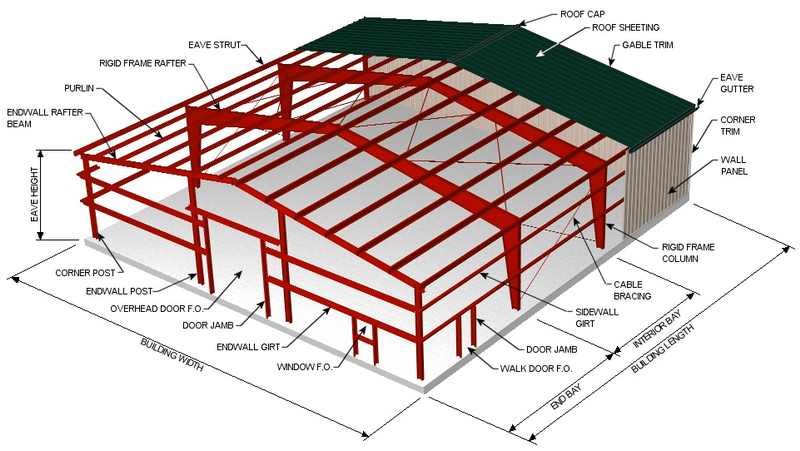As we bustle about in our busy lives, we pass buildings and structures that are mapped out and made possible by some of the smartest minds on the jobs. Civil engineers help to shave the world around us, crafting exceptional creations that change the way we live, work and play.
But civil engineering is not a new concept – it dates back all the way to the 18th century, first relating to military and civilian contexts. These days, though, it relates to expansive fields like transportation, maritime, geotechnical, environmental and civil structural design – to name a few.
If you’re someone that’s looking to get into the space, or are after a role that lets you have a tangible effect on the way society is shaped, then civil structural design is the perfect path to pave. Building railways, roads, airports, docks, power stations, stadiums and a whole lot more – there’s an endless need for experts in this area.
What are the responsibilities?
As you go about your day as a civil engineer, you can expect to carry responsibilities that usually fall under two categories: contracting or consulting. Those that consult usually specialise in the design aspects of projects, with most of their time spent in the office, or out with clients. Contracting, however, are those that turn the actual designs into physical realities. You’ll find them overseeing construction and organising all the foundations that are needed to make sure the project stays on budget.
So, to understand what your day will look like as a civil engineer, you need to think of these two roles separately.
A day at work as a consulting engineer
- While you’re on the clock in this position, you can expect to be completing the following tasks:
- Conducting building inspections
- Analysing feasibility
- Managing risk
- Developing thorough designs using CAD
- Put together proposals for projects
- Compile tenders for projects
- Review project sketches and approve drawings
- Conduct complex calculations
- Make sure everything meets regulations across the board
- Attend necessary public meetings about the project
- Liaise with subcontractors, civil structural design engineers, consultants and stakeholders
- Communicate with clients
- Make sure the project is on budget and on time.
A day at work as a contracting engineer
- However, if you’re on duty as a contractor, you’ll be across:
- Liaising with other consulting engineers (making up the design team)
- Negotiating with architects and the consulting team for modifications
- Communicating with subcontractors (as well as clients)
- Coordinating all areas of health and safety on the site of the project
- Scheduling all work on the project
- Overseeing the logistics of all supplies and building materials
- Coordinating construction.
What is the typical work environment like?
The hours and nature of how you work as a civil engineer will depend on the type of professional you are, and the actual project you’re working on. A majority of positions sit around 37.5 hours a week, but it’s not uncommon to see this extend out to overtime or out-of-hours work to deal with unexpected situations.
While consulting engineers spend most of their time in the office, they’ll be working on some phases on site as well. Contracting, however, will be seen moving around one location to another, and the environment they’re situated in continually changes.
Just like any job, knowing whether it is the right path for you will depend on your values, motivations, responsibilities and interests.
